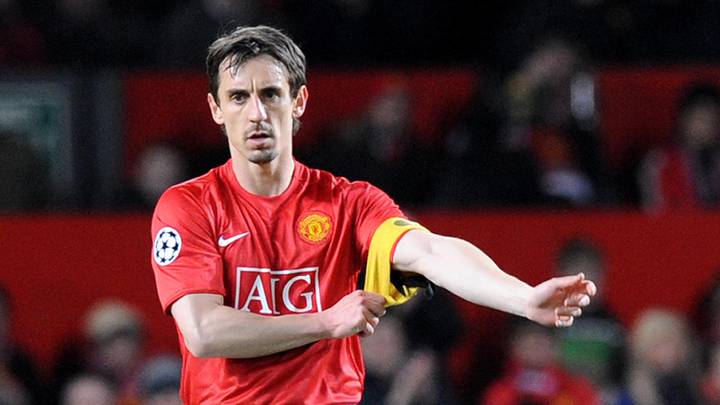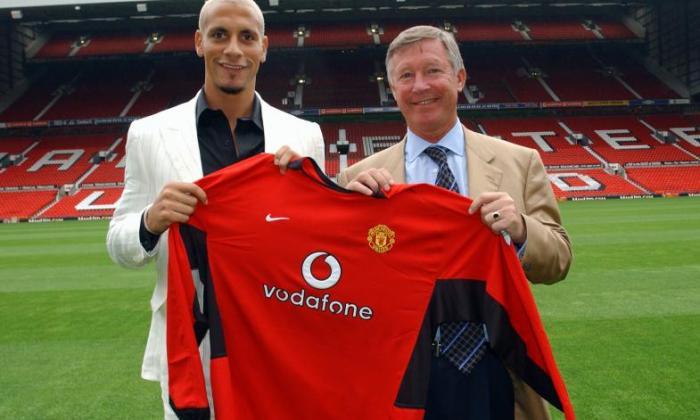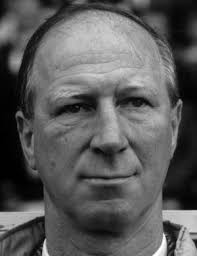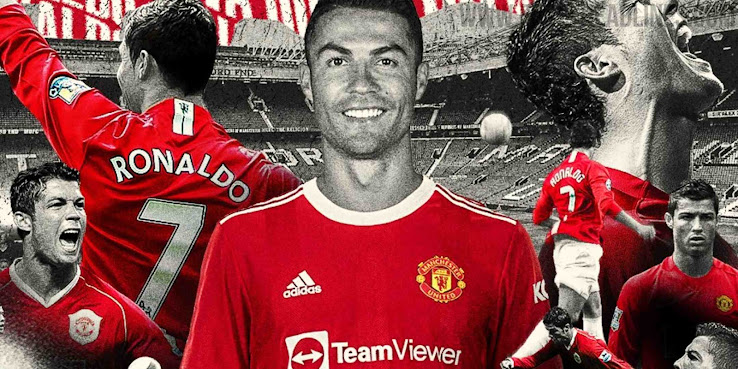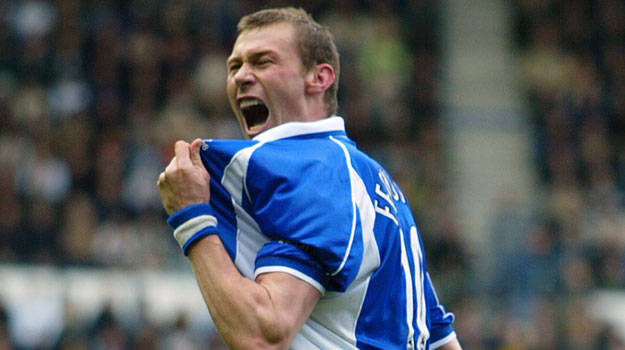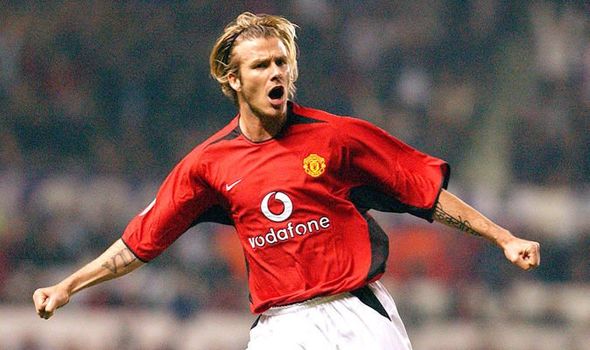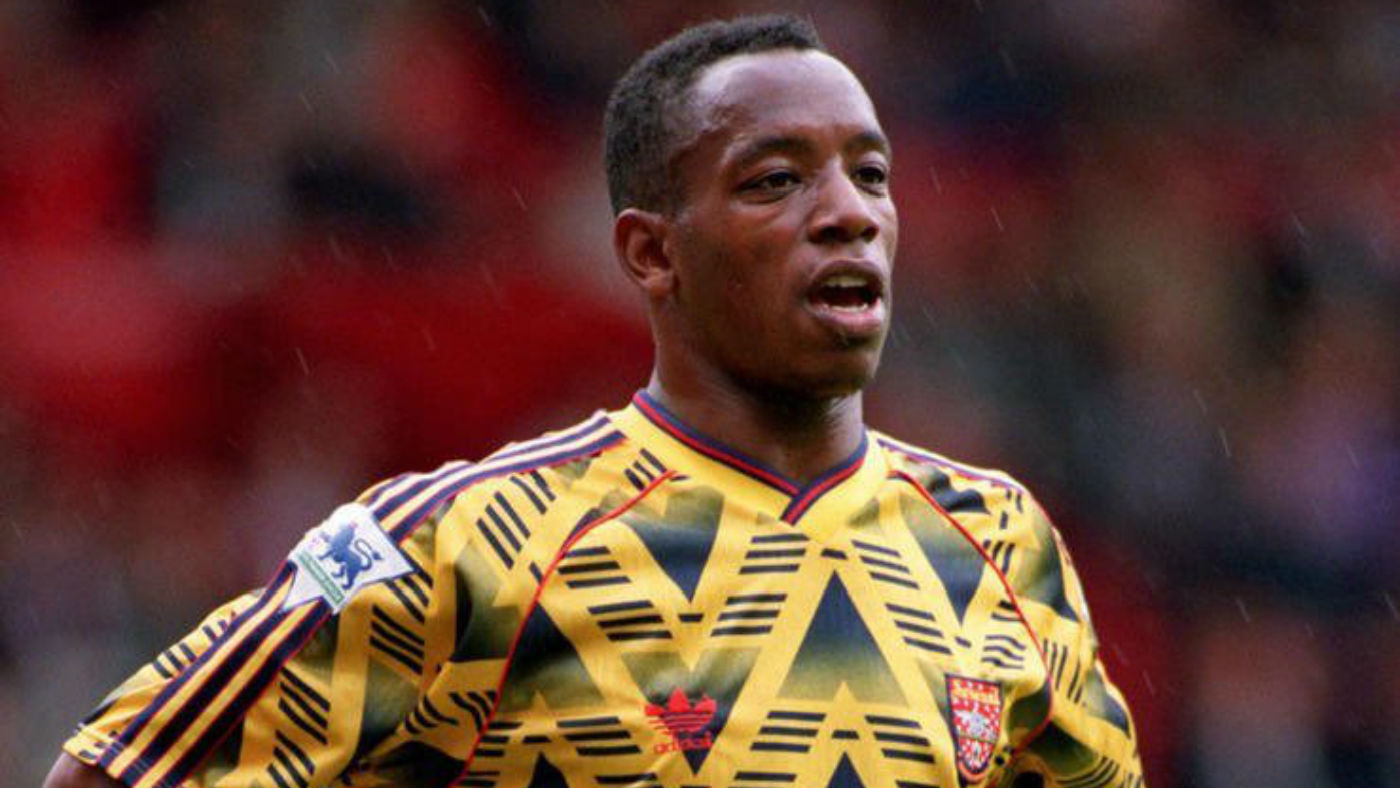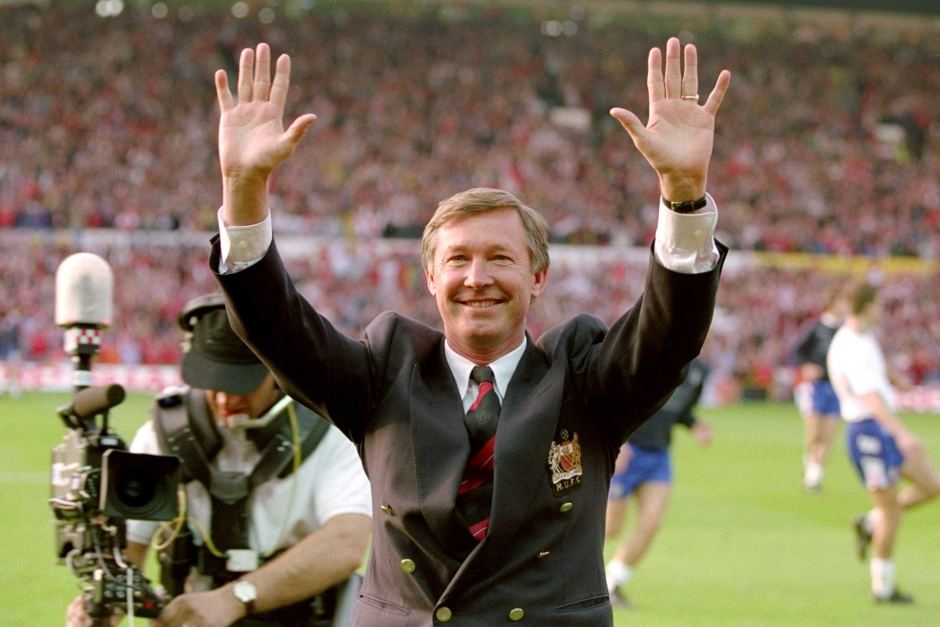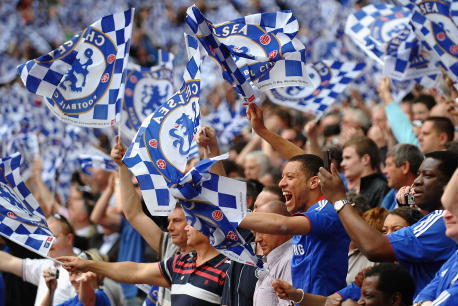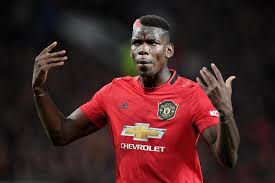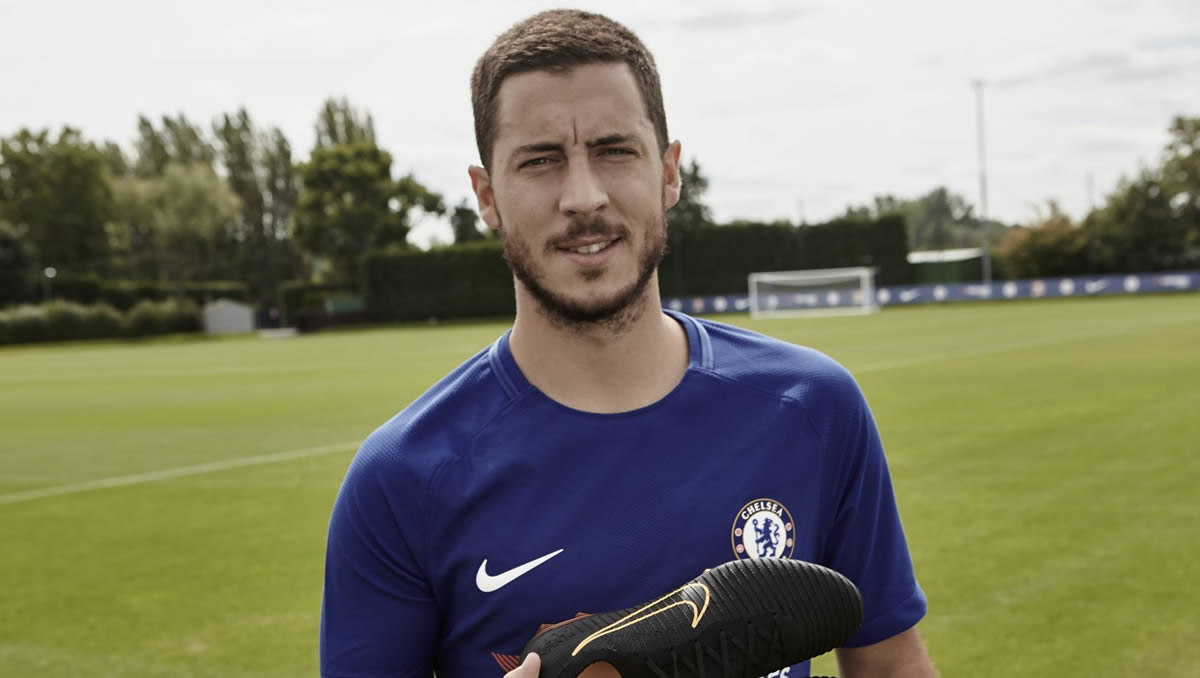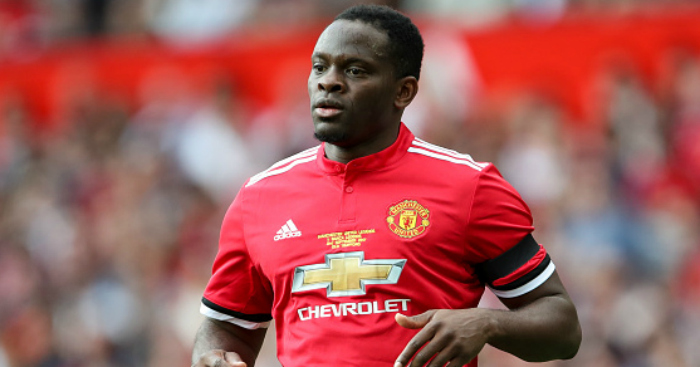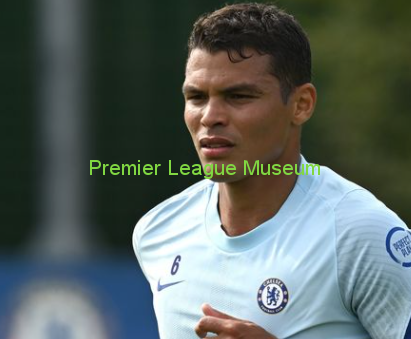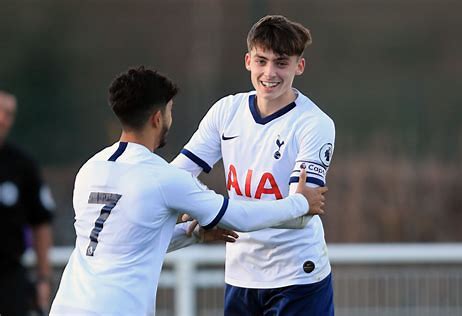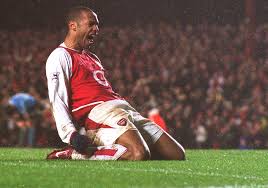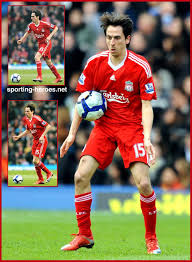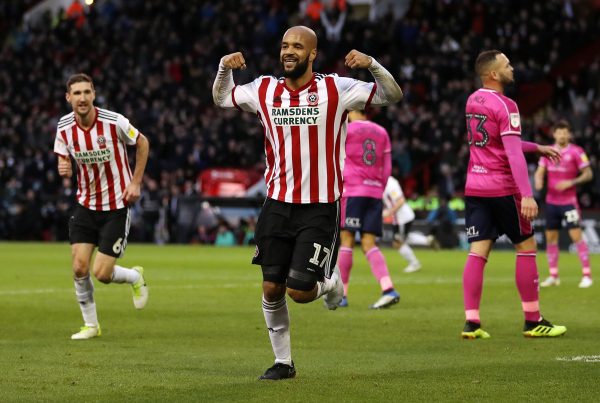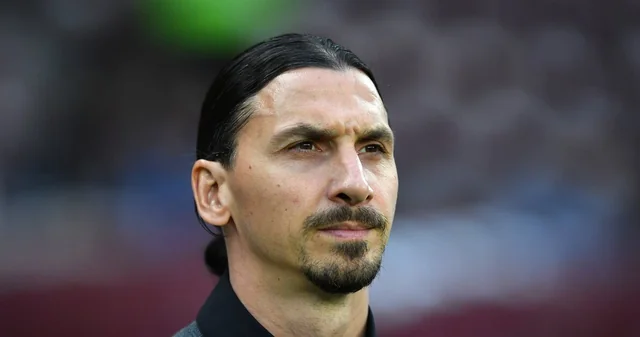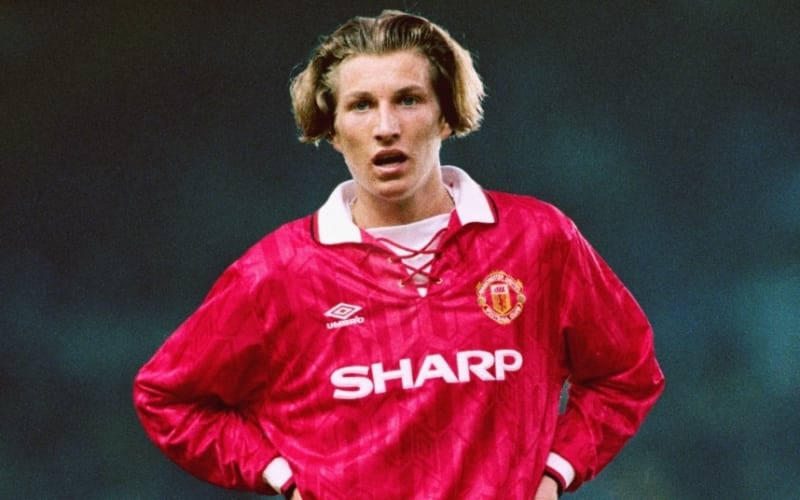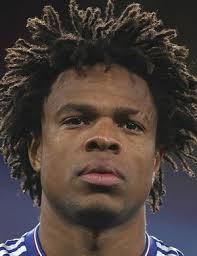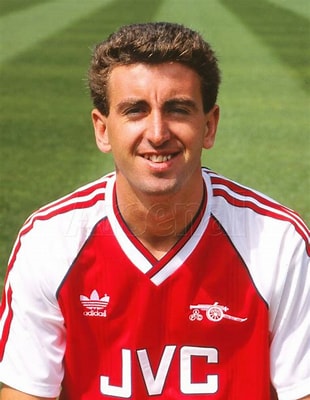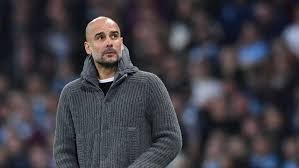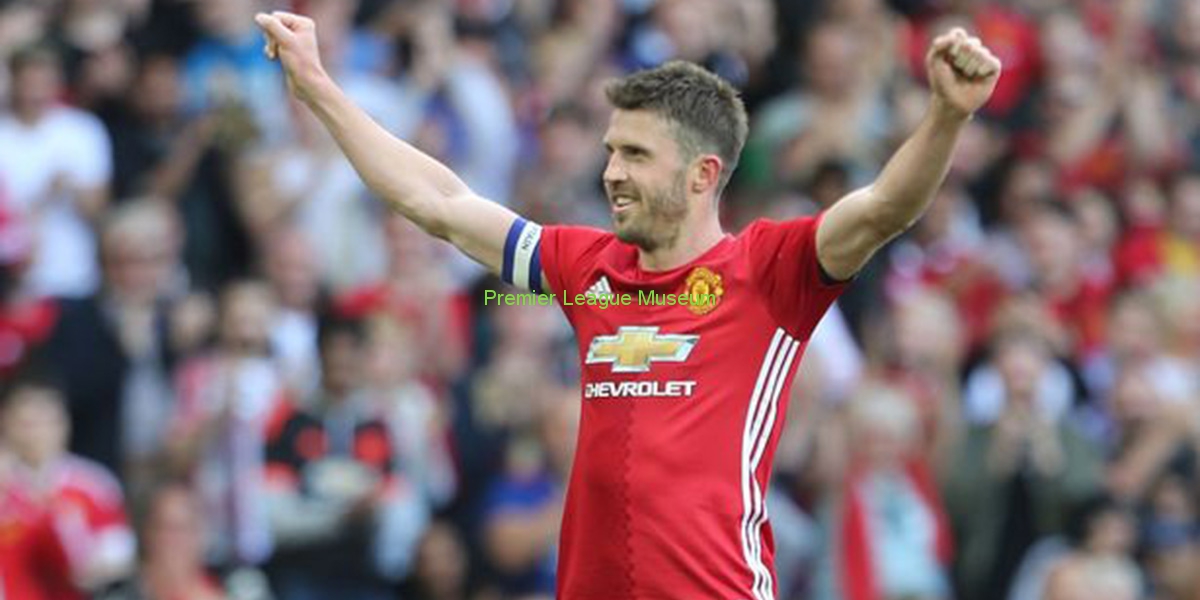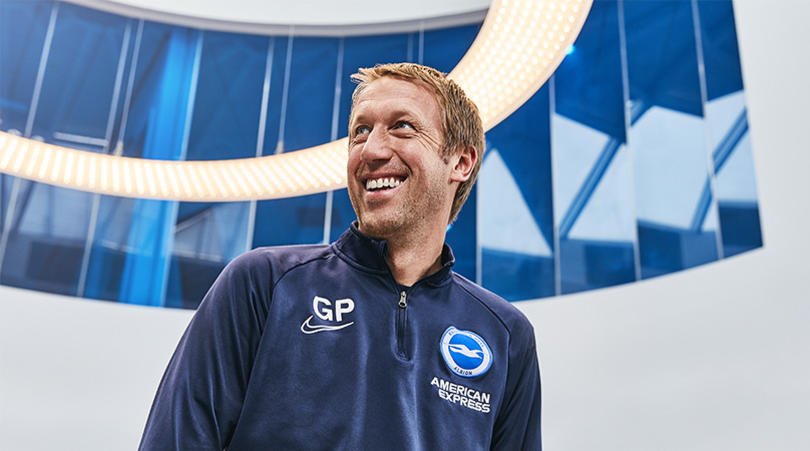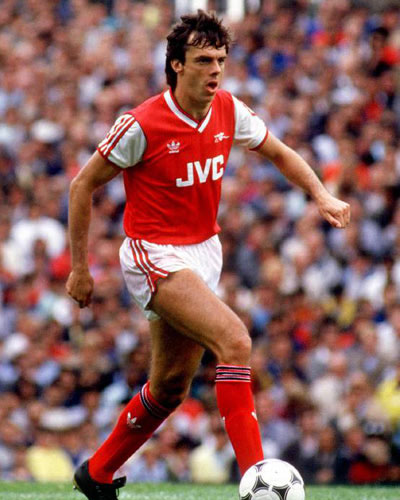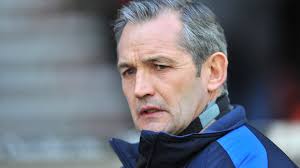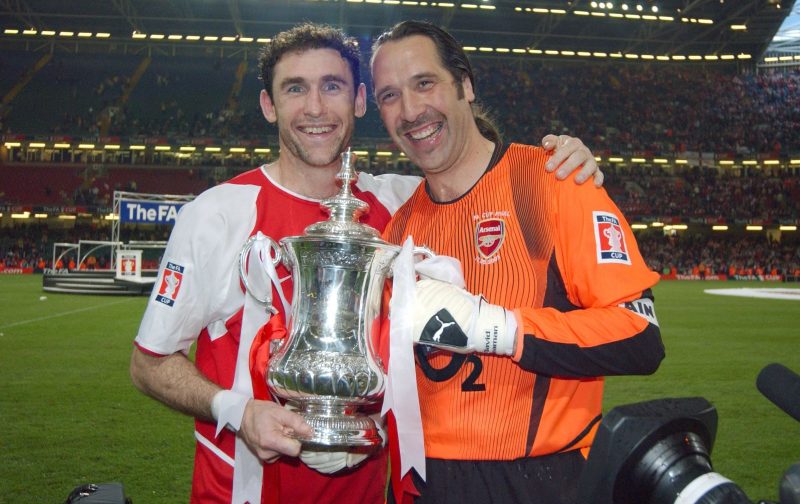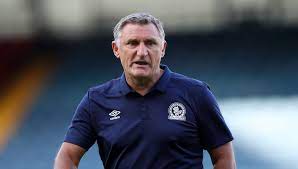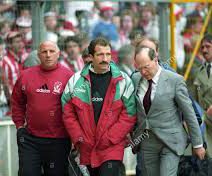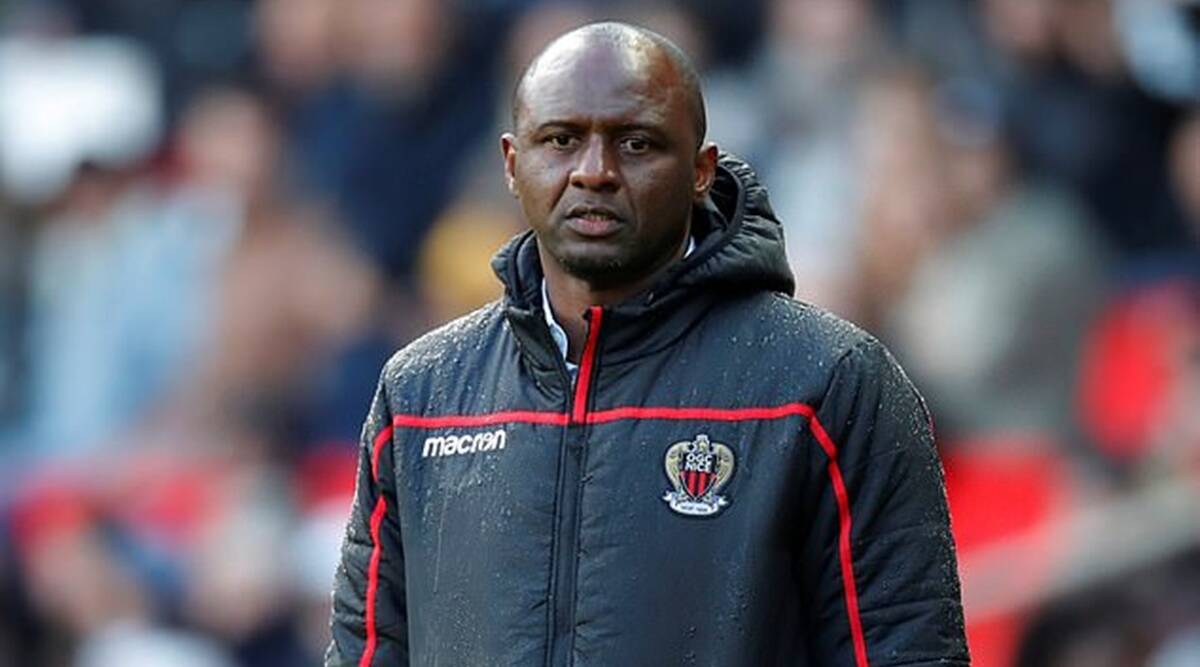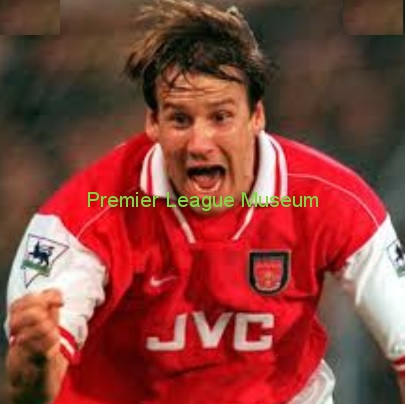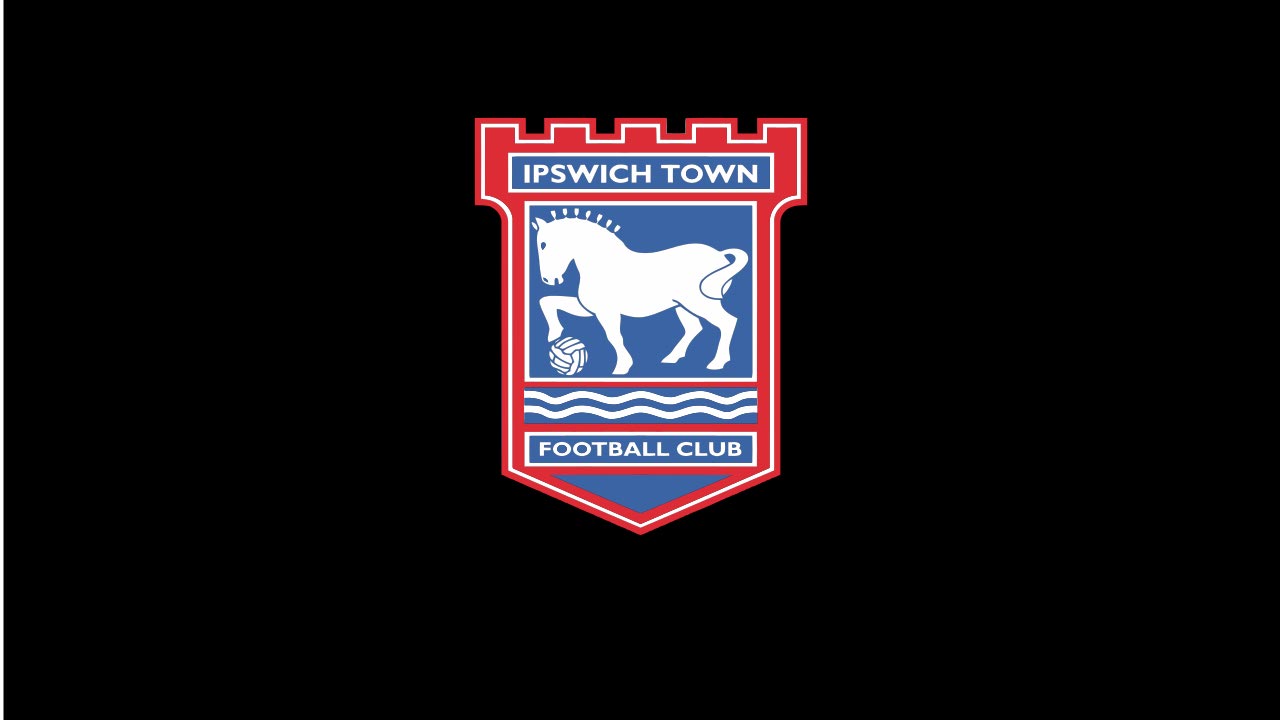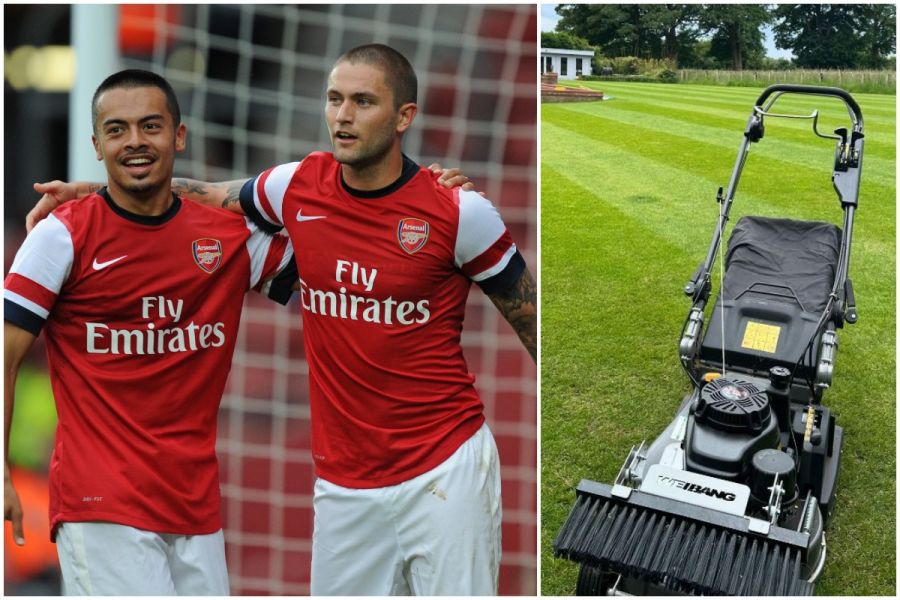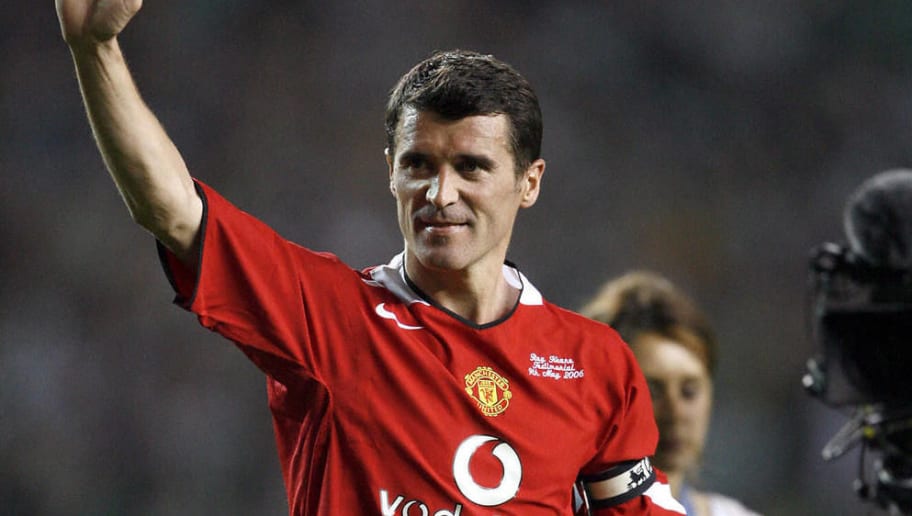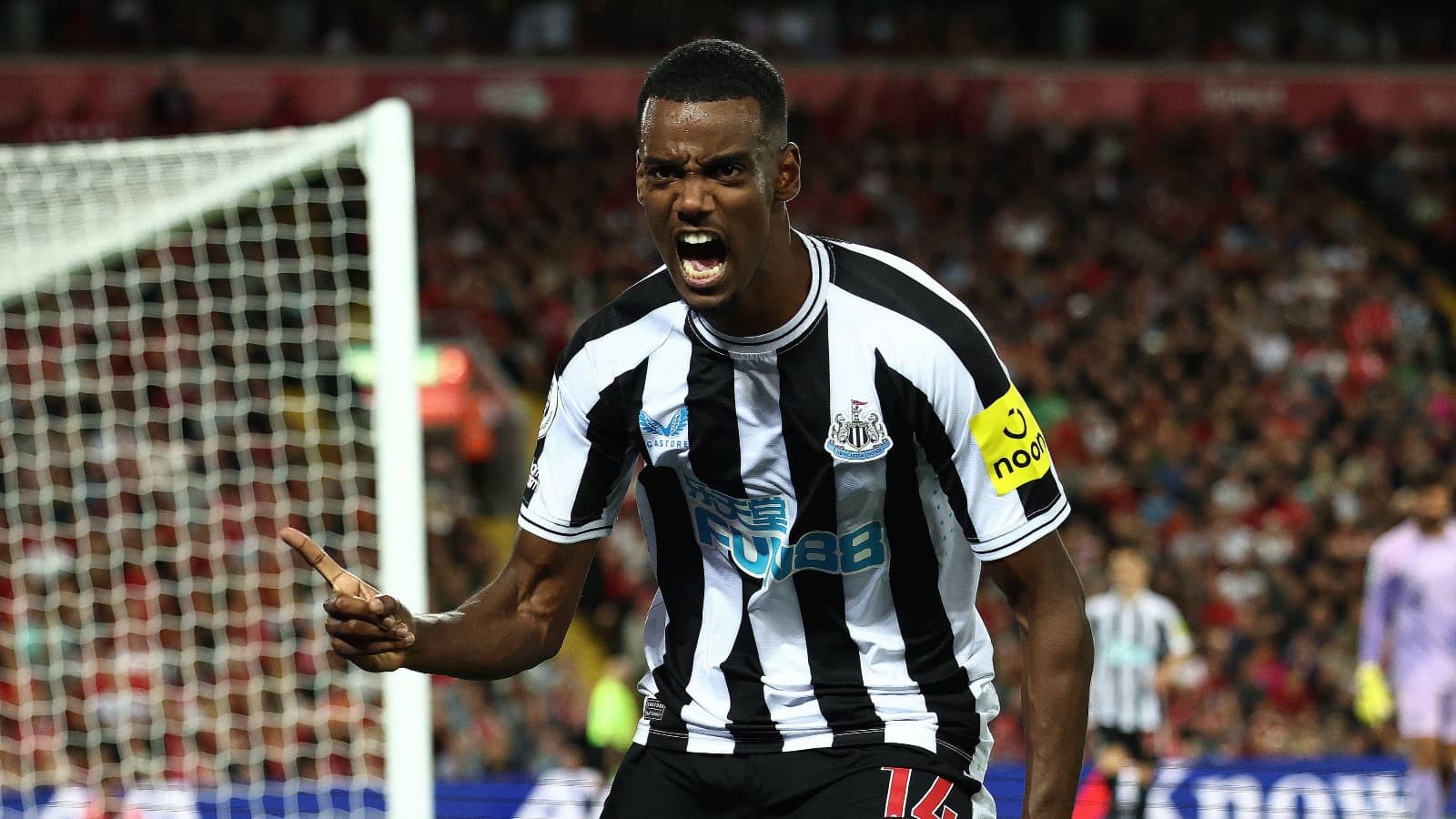After win against Sheffield United, Trent Alexander-Arnold and Andy Robertson commented that there was the famous saying – “Nobody wants to grow up to be a Gary Neville” but we want to change that. So we though its important to remind premier league fans about this statement.
In 2013, Jamie Carragher and Gary Neville were discussing the art of defending before Swansea’s clash with Liverpool when Carragher turned his attention to full-backs in particular. The former Liverpool man, who played full-back and centre-back for the Reds, expressed his opinion that no player starts out wanting to play in the position but that players tend to end up there ‘by hook or by crook’.
Carragher wasn’t about to turn up the chance to have a cheeky dig at one of Manchester United and England’s best full-backs of the modern era and turned to his new best friend before saying ‘Nobody wants to grow up to be a Gary Neville,’ a line that Neville himself and host Ed Chamberlain got a great kick out of.
A lot of above was true even though said jokingly. There was a time when the full-back was football’s equivalent of the runt of the litter. Even those within the game struggled to contain their scorn: in Gianluca Vialli’s mind, full-backs were the players not skilful enough to be wingers, nor sufficiently strong defensively to be centre-backs. But that view has shifted. The prototype full-back has transformed from odd man out to polymath, and they are now amongst the most coveted players on the planet, with £210 million spent by Premier League clubs alone on the position in one of the transfer windows.
So here is how it changed …
Athletic attackers
Perhaps we should blame Arsene Wenger. Arsenal’s manager did not just have chicken and chips in his sights when he arrived at Arsenal in 1996. He was determined to make the club’s dependable, but limited full-backs, Nigel Winterburn and Lee Dixon, far more attack-minded and urged them to get up and down the flank continuously for 90 minutes, a role which requires immense stamina and speed over short distances. It’s the physicality of the position, and the athleticism needed for the distance run, high intensity runs, and sprints made, which has changed so much
Technical proficiency
It is not enough for full-backs to simply be bundles of muscle. Ball skills are increasingly prized, a point underlined by all of the Premier League’s “Big Six” selecting midfielders as full-backs or wing-backs this season – think Ashley Young, Alex Oxlade-Chamberlain and James Milner. A full-back is expected to play short passes, to be able to dribble in the final third, to be able to participate in combination plays, and play one-twos and through balls in a small-space situation. Because they are receiving the ball further up the pitch, it demands a much greater skill level.The need for more creativity means that full-backs are completing comfortably more dribbles per match than they were a decade ago (0.87 per match rather than 0.59), and are also playing a considerably higher proportion of their passes in the opposition half than previously.
Tactical flexibility
If no modern coach prizes full-backs more than Pep Guardiola, none demands more from them. As well as often playing like auxiliary wingers, Guardiola also asks his full-backs to tuck in and become an extra central midfielder. In effect therefore they were being tasked with playing in three different positions in one match – Centre of midfield, as well as at full-back and wide midfield.
Market value
Five of the 11 most expensive full-back signings in history were made in the last transfer window, as teams have belatedly realised their importance following Chelsea’s title win last season, a triumph that relied heavily on their two hugely effective wing-backs. City alone spent almost £130million on Benjamin Mendy, Danilo and Walker, while Spurs paid £23million for Serge Aurier, and Chelsea the same for Davide Zappacosta.

